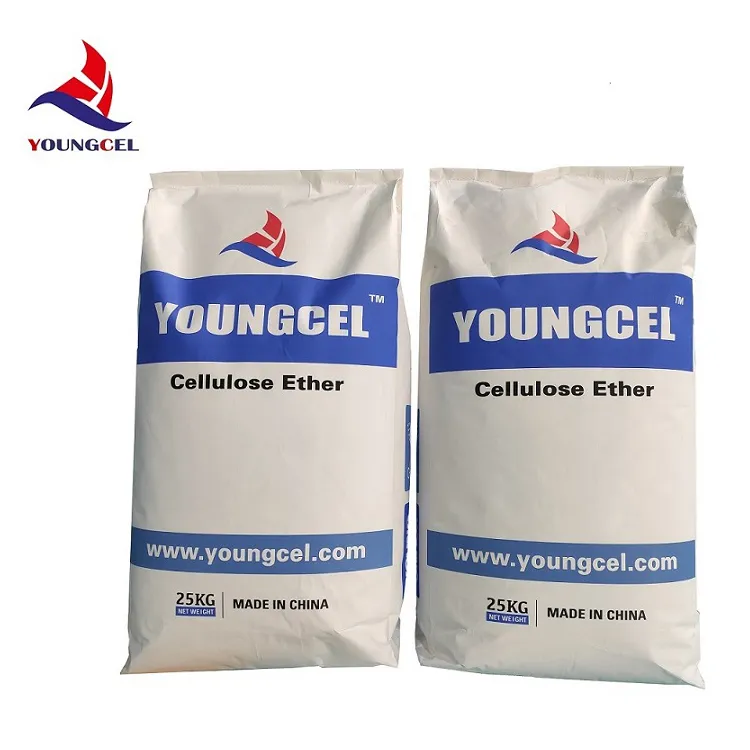The Versatile World of Cellulose Glue An Overview
Cellulose glue, derived from natural cellulose fibers, has gained popularity in various applications due to its eco-friendly nature and impressive bonding properties. As a starch-based adhesive, cellulose glue is often favored in woodworking, paper crafting, and in industries where sustainable practices are prioritized. This article delves into the properties, applications, and benefits of cellulose glue, highlighting its role in today’s adhesive market.
Properties of Cellulose Glue
Cellulose glue is primarily composed of cellulose, a biopolymer obtained from plant cell walls. This natural origin gives it several beneficial properties. First and foremost, cellulose glue is non-toxic and biodegradable, making it an ideal choice for environmentally conscious consumers and manufacturers. Unlike synthetic adhesives, which can release harmful volatile organic compounds (VOCs), cellulose glue poses minimal health risks during application and once cured.
Another notable feature of cellulose glue is its excellent viscosity. This helps it penetrate porous materials, creating strong and long-lasting bonds in processes such as bookbinding, woodworking, and various craft projects. Additionally, cellulose glue exhibits a significant resistance to water once set, enhancing its durability in a range of conditions.
Applications of Cellulose Glue
Cellulose glue has found its way into numerous industries
. In the woodworking sector, it is a popular choice for assembling furniture, cabinetry, and decorative wooden items. The ability of cellulose glue to bond wood surfaces effectively while remaining flexible makes it ideal for projects that may experience temperature or humidity changes.cellulose glue

In the realm of crafts, cellulose glue excels in applications such as paper mâché, scrapbooking, and model building. It provides a reliable bond for paper materials and doesn’t warp or discolor them, which is critical for maintaining the integrity of the artwork. For professionals in education and hobbyist communities, the ease of use and clean-up of cellulose glue enhances its desirability.
Benefits of Cellulose Glue
One of the primary advantages of cellulose glue is its environmentally friendly nature. As sustainable practices become more critical in manufacturing and construction, options like cellulose glue play a vital role. Consumers are increasingly drawn to products that reduce their ecological footprint, and cellulose glue satisfies this demand by providing an alternative to harmful synthetic adhesives.
Moreover, cellulose glue is relatively inexpensive compared to other adhesives on the market. Its affordability paired with its ability to be mixed with water (to adjust viscosity) makes it accessible for various users, from children engaging in school projects to professionals in industrial applications.
Conclusion
In conclusion, cellulose glue is an outstanding adhesive option that balances performance with environmental consciousness. Its unique properties make it suitable for a variety of applications, including woodworking, arts and crafts, and industrial uses. As the push for sustainable materials continues to grow, cellulose glue is likely to become even more prominent, paving the way for a greener future in adhesive technologies. Whether for casual crafting or serious construction, this natural adhesive offers reliable performance and peace of mind to users who prioritize sustainability without sacrificing quality.
-
Rdp Powder: Key Considerations for Wholesalers in the Building Materials IndustryNewsJul.08,2025
-
Key Considerations for Wholesalers: Navigating the World of Hpmc - Based ProductsNewsJul.08,2025
-
Hpmc Detergent: Key Considerations for WholesalersNewsJul.08,2025
-
Key Considerations for Wholesalers: China Hpmc For Tile Adhesive, Coating Additives, Concrete Additives, and MoreNewsJul.08,2025
-
Crucial Considerations for Wholesalers: Navigating the World of Construction MaterialsNewsJul.08,2025
-
Key Considerations for Wholesalers Sourcing Additive For Cement, Additive For Concrete, Additive For Putty from Additive Manufacturer Shijiazhuang Gaocheng District Yongfeng Cellulose Co., Ltd.NewsJul.08,2025




